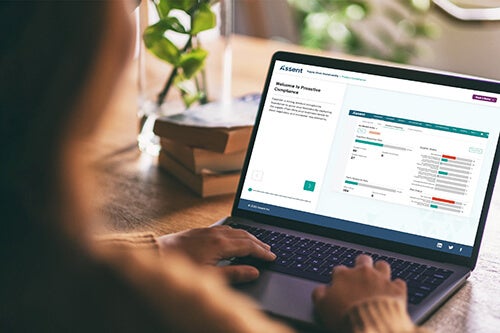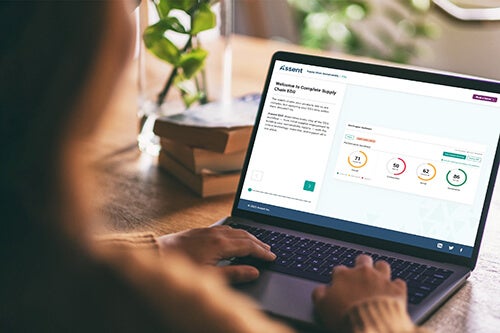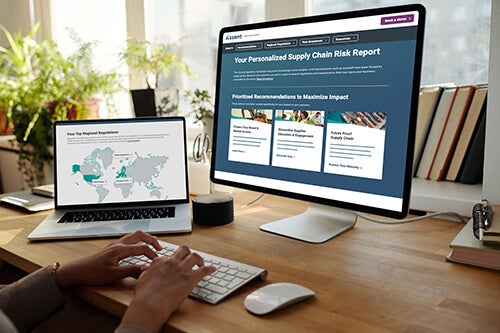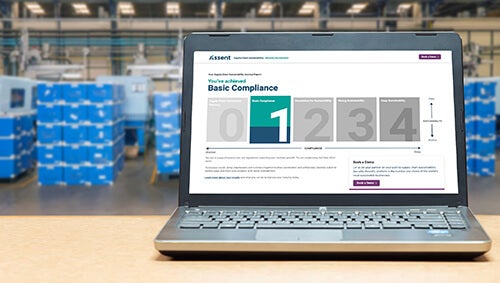Tin, tungsten, tantalum, and gold (3TGs) fuel conflict, human rights abuses, and environmental damage. Section 1502 of the Dodd-Frank Wall Street Reform and Consumer Protection Act aims to mitigate those events through improved due diligence on the part of U.S. publicly-traded companies. Under this act, these businesses must report on their use of conflict minerals. In-scope manufacturers are required to submit an annual report to the Securities and Exchange Commission (SEC) by May 31, 2022. With the filing deadline fast approaching, here are some best practices to ensure reports are submitted on time.
Conflict Minerals Reporting: A Primer
Manufacturers must submit a specialized disclosure report (Form SD), identifying the use of 3TGs in products manufactured or contracted for manufacture in the calendar year prior to the submission deadline. Therefore, companies must prepare a report on products manufactured in 2021 before the May 31, 2022 deadline.
The Form SD must be submitted through the Electronic Data Gathering Analysis and Retrieval (EDGAR) system.
For a comprehensive breakdown of your conflict minerals requirements, download our eBook, The Conflict Minerals Handbook: Your Guide to Compliance in 2022.
Meeting SEC Conflict Minerals Reporting Requirements
If there are 3TGs in the supply chain, manufacturers must determine whether the minerals originated in the Democratic Republic of the Congo (DRC) or its adjoining areas. Companies can perform a Reasonable Country of Origin Inquiry (RCOI) to trace a minerals’ source. Additionally, companies must discover if the minerals were derived from recycled or scrap sources, then document their findings in their Form SD.
Should a process reveal that the 3TGs originated in the in-scope zone, companies must exercise due diligence on the source and chain of custody of these minerals. They are obligated to describe the process in a Conflict Minerals Report (CMR) listed in Exhibit 1.01.
Conflict Mineral Reporting in the EU
The EU drafted its own conflict minerals reporting regulation against the backdrop of the Dodd-Frank Act. However, the EU Conflict Minerals Regulation (EU 2017/821) expands upon the U.S. act by broadening the scope beyond the DRC to conflict-affected and high-risk areas (CAHRAs). The EU’s list of CAHRAs is constantly being updated, and companies that operate in CAHRAs not on the EU list must still comply with these requirements.
Responsible Minerals Supply Chains in Practice
Strong, sustainable mineral supply chains address each process a mineral may undergo, from extraction to refinement. There are resources that can help companies meet this need, such as the Organisation for Economic Co-operation and Development (OECD)’s Due Diligence Guidance for Responsible Supply Chains of Minerals from Conflict-Affected and High-Risk Areas. This framework became the de facto international standard for responsible minerals reporting.
Below is the five-step framework:
- Establish strong company management systems.
- Identify and assess risk in the supply chain.
- Design and implement a strategy to respond to identified risks.
- Carry out independent third-party audit of supply chain due diligence.
- Report annually on supply chain due diligence.
Reporting within this framework should detail how each step is being met. However, there’s a special emphasis on steps two and three. These steps involve a self-evaluation of risks identified in upstream sources and across the supply chain, as well as how a company communicates the details of this risk and the expectations they set for suppliers.
Reporting on Cobalt
Cobalt isn’t considered a conflict mineral. That being said, there are still serious concerns about how this mineral is mined; workers at artisanal and small-scale mines (ASMs) face incredibly dangerous conditions such as cave-ins and flooding as they mine by hand. Moreover, there’s little oversight at ASMs, and employees receive little (if any) pay. Frequently, armed groups operate these mines or exploit them for profit.
While reporting on cobalt isn’t mandatory, many forward-thinking organizations view this mineral as a source of risk in their supply chain. These businesses make the tracking and reporting of cobalt sourcing a condition of doing business for suppliers. Manufacturers unable to access the deep data required to defend cobalt sourcing may have a harder time securing lucrative contracts and open themselves to reputational damage if violations are found.
The Role of Smelters in the Mineral Supply Chain
The smelting process extracts base metals from ore, and nearly all complex manufacturers rely on smelters in their mineral supply chain. Since smelters purchase raw ore and recycled materials from many different suppliers, it’s nearly impossible to trace their source once the metal is smelted. Those metals could come from a mine in which violence or human rights violations take place.
Whether responding to the Dodd-Frank Act, the EU Conflict Minerals Regulation, or customer-specific requests, smelters are a critical part of any responsible sourcing program. A smelter validation program substantially reduces risks by effectively identifying smelters’ conformity with the Responsible Minerals Assurance Process (RMAP), an initiative that evaluates responsible sourcing efforts. Assent’s Conflict Minerals solution goes deeper than supplier surveys, by automating data collection and providing robust smelter validation and investigation to ensure ethical minerals sourcing.
Leverage a Third-Party Solution
To meet conflict minerals reporting requirements, manufacturers need deep insight into their supply chains. A third-party supply chain sustainability management solution gives them the tools and resources to reveal hidden risks to their companies. Assent’s responsible sourcing expertise is embedded at the core of our solution to deliver robust, reliable conflict minerals data for better decision making. For more information, contact us at info@assent.com.







